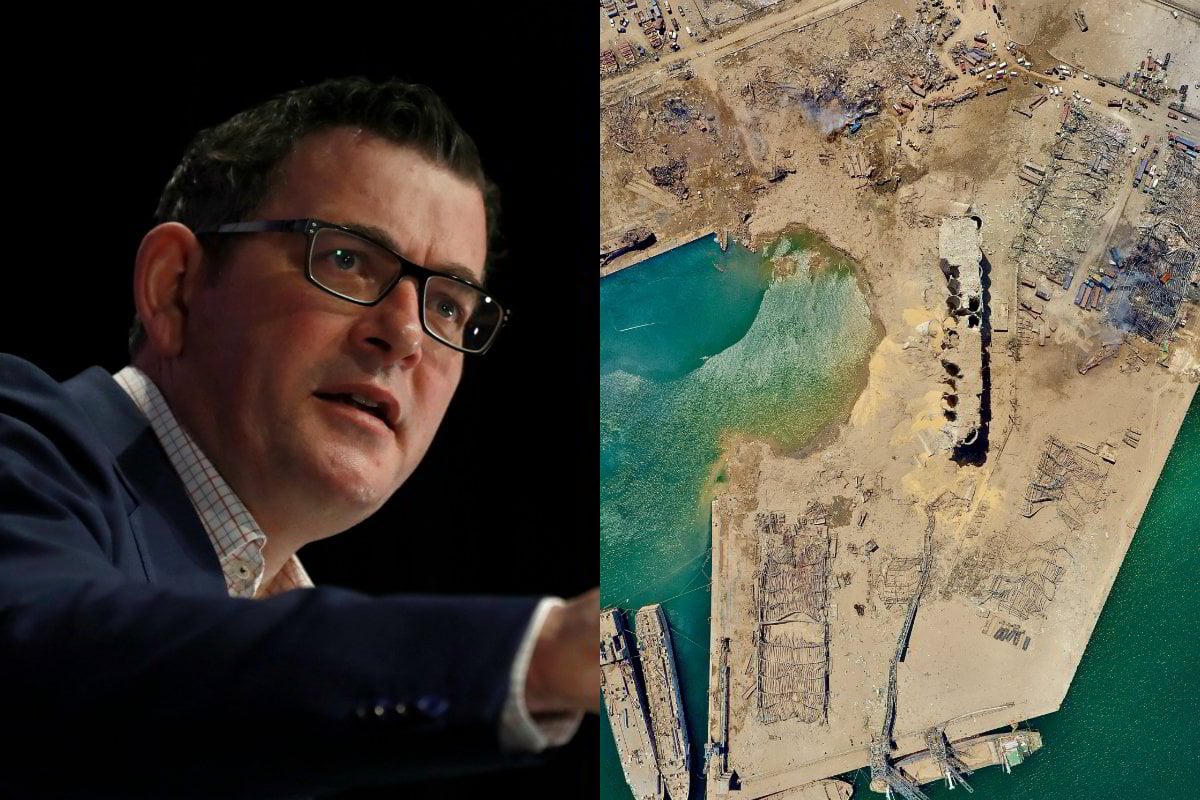
Ann Marie Smith's carer has been charged over her death.
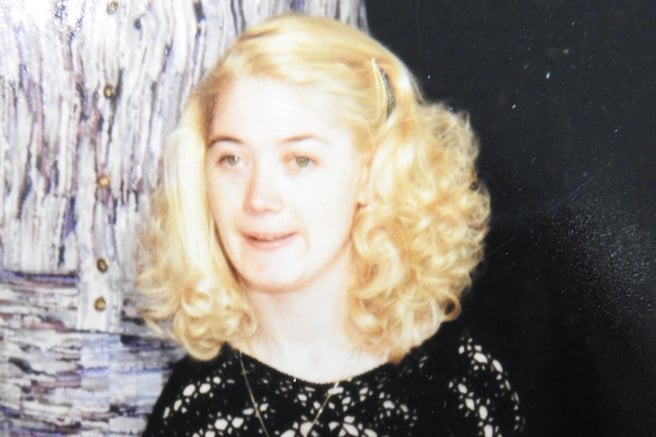 Ann Marie Smith's carer has been charged over her death. Image: AAP.
Ann Marie Smith's carer has been charged over her death. Image: AAP.
A woman who cared for Adelaide woman Ann Marie Smith, who had a disability, has been charged with manslaughter over her death.
Ms Smith, who suffered from cerebral palsy, died in a hospital in April from septic shock, multiple organ failure, severe pressure sores and malnourishment while under the care of the National Disability Insurance Scheme.

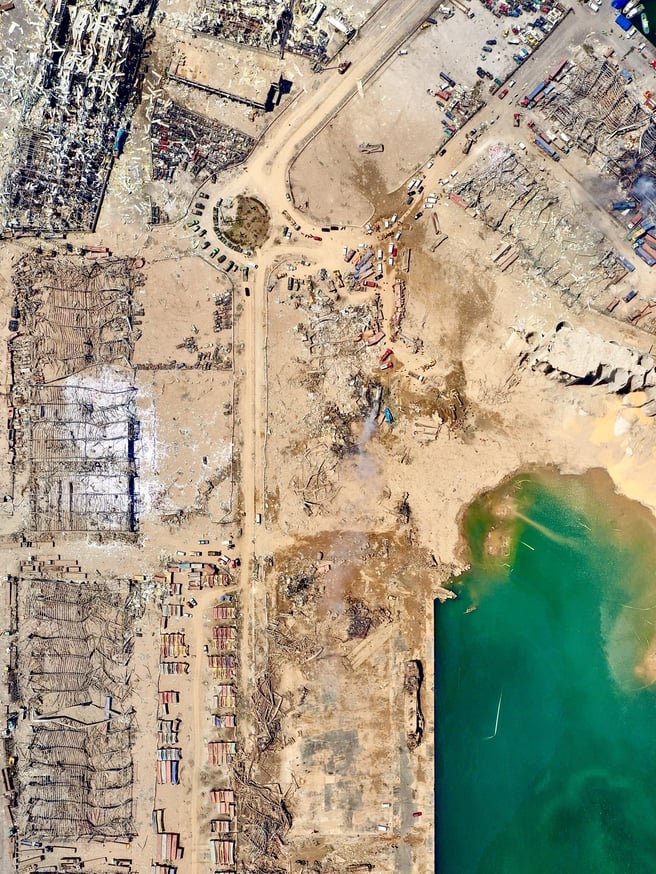
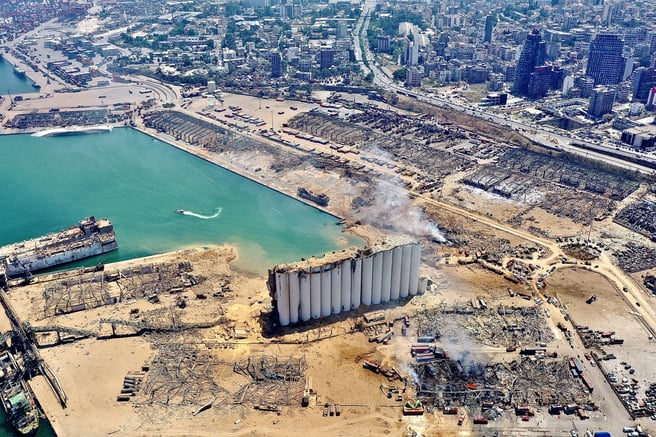
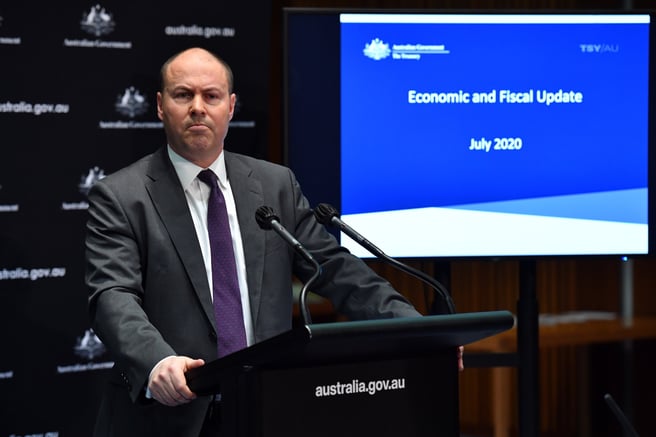
Top Comments